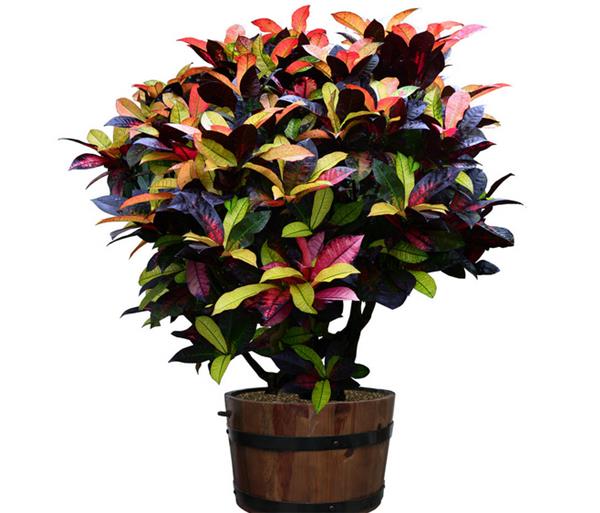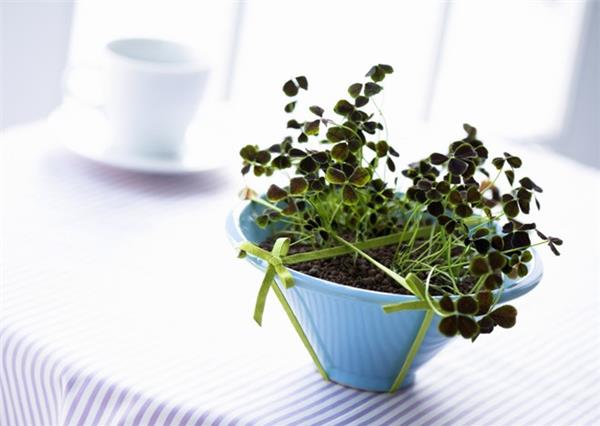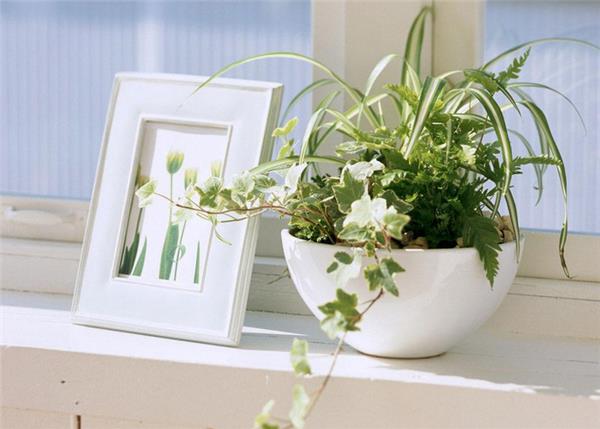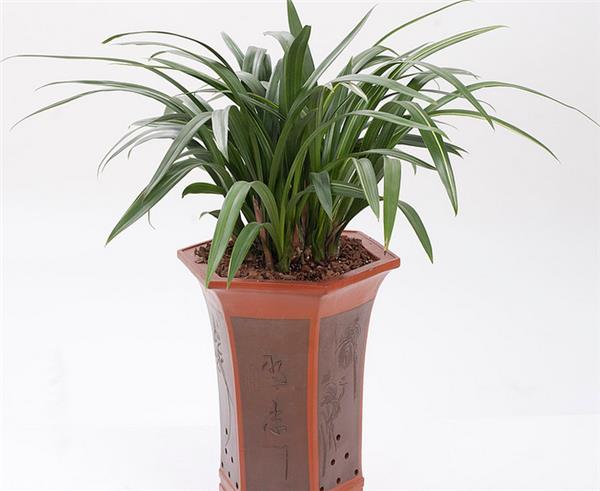Interpretation of the knowledge of Family Flower cultivation in Spring
From winter to spring, but due to the changeable temperature in spring, many friends do not know how to deal with flowers and plants. Today we will introduce the knowledge of family flower cultivation in next spring. Let's have a look at it if you are interested.

Knowledge of family flower cultivation in spring
Into the spring, the air is dry and cold, the temperature difference is large, if the care is not appropriate, flowers and trees love to death. First of all, in terms of temperature, we must prevent the cold in late spring. If the flowers and trees are moved outdoors prematurely or suddenly or in advance, the flowers and trees can not adapt to the environmental conditions of large temperature difference, which can easily lead to the death of flowers and trees, so it is necessary to ventilate late or indirectly to prevent cold air from blowing directly to the flowers and trees.
In watering, it is also said that indoor flower cultivation in winter does not dare to water a large number of water, while in spring, the air is dry, the temperature rises quickly, the wind is strong, and the water transpiration of flowers and trees increases, which can not be watered scientifically, which will cause the imbalance of water supply and demand of flowers and trees, and eventually lead to their death. Too little watering affects the normal growth of flowers and trees, too much watering will make the water in the basin soil saturated for a long time, and the root system of the plant is lack of oxygen supply, which leads to retting root death due to poor breathing.
For general flowers and trees, the principle of watering is: choose sunny morning watering, do not dry do not water, watering is thoroughly.

It should also be noted that in early spring, flowers and trees just wake up from sleep and get a lot of good fertilizer before they can drink enough water and send out new roots. they cannot afford this favor. Due to excessive fertilization or excessive concentration of fertilizer, it is easy to cause damage to the old root (fat burning root), resulting in difficulty in the development of new roots, withering and death of flowers and trees. Especially for the newly changed flowers and trees, their root absorptive capacity is weak, which mainly consumes their own nutrients and water, so fertilization is the most easy to burn the tender roots. Therefore, we must apply less fertilizer, late fertilization and diligent fertilization.
In addition to the above reasons, insect pests are the main causes of branches and leaves withering and even plant death in spring. Insect pests are mainly shell insects, aphids, red spiders, ground lice, tide insects and so on. Some of them absorb nutrients from leaves, and some harm the roots of flowers and trees.
The most effective way to control shell insects in the family is to remove them manually. Aphids and red spiders can be sprayed 300 times with neutral detergent solution. Ground lice, tide insects and other underground pests can be removed by soaking water at cigarette butts, especially the organic fertilizer applied in artificial retting should pay more attention to killing insects.

Key points of growing flowers in spring
Chunhua is in no hurry to get out of the room
In early spring, the temperature is extremely unstable, generally potted flowers should be around Qingming Festival, some potted flowers must be around Grain Rain, such as white orchid, jasmine, Milan, and so on, and some must be before Grain Rain to the Beginning of Summer. Such as cactus, cactus, cactus mountain, Ling arrow lotus and so on. Under normal circumstances, when the temperature is from Qingming Festival to Grain Rain, the temperature will not change much, and the temperature difference will not be too low or too high, which is relatively stable. It is more appropriate to go out of the room at this time. Before leaving the room, you must first "refine the seedlings" indoors. You can choose a sunny day to open the doors and windows so that they can be ventilated. The time is from short to long. If you encounter sunny and warm weather, you can also move outside to bask in the sun. You should move indoors earlier in the afternoon. Let it initially adapt to the external environment.
Second, do not rush to open the window for ventilation
Early spring potted flowers just wake up, do not have much resistance, lack the ability to resist the harsh climate of the outside world. Some people think that when spring comes, they feel very warm, so they open doors and windows at will to let them ventilate and breathe, completely forgetting the destruction of potted flowers by the dry and cold wind in spring, the new buds that have just begun to sprout, and when they are attacked by the dry and cold wind, the new buds will freeze and wither, and in serious cases, even the plants will freeze to death. Therefore, in spring to prevent the invasion of cold wind on potted flowers, we should not rush to open windows for ventilation.
Third, there is no hurry to move the potted flowers outdoors
It is sunny in spring, and some people are eager to move the potted flowers out to bask in the sun. Due to the strong light at noon, the temperature around the potted flowers can often reach about 20 ℃. However, when they move into the room in the afternoon, the temperature gap is too large, so that the potted flowers can not adapt for a while, and even suffer from a "bad cold".

Fourth, be in no hurry to dew the basin table at night
In spring, although the temperature is gradually rising and the weather is warmer, the temperature is still cold from night to morning, and there will even be frosts (more bright frosts) and invisible dark frosts. If the cold-resistant potted flowers are attacked by dark frost, the flowers and leaves will all scorch and it will be difficult to recover. Therefore, in the early night, flowers should be recovered indoors for the night is safer, and strive to get out early and return late to avoid the death of potted flowers due to frost attacks. Therefore, when there is no dark frost, you can put it outdoors for the night and let the potted flowers dew at night, otherwise you must cover them at night to prevent frost, so as to ensure that the potted flowers are safe and sound and the branches and leaves are intact.
5. Do not rush to apply fertilizer prematurely
There are five taboos in potted flower fertilization: avoid raw fertilizer, thick fertilizer, heavy fertilizer, hot fertilizer, sitting fertilizer, early fertilizer.
But some people do not know this reason, eager to grow flowers, as soon as they come out of the room in the spring, they are eager to apply fertilizer, and the fertilizer is some unrotten fermented raw fertilizer, thick fertilizer, heavy fertilizer, how can the newly budding twigs and new leaves of potted flowers bear it? We can only see that these potted flowers are "burned to death" due to raw fertilizer, heavy fertilizer and heavy fertilizer. With the frequent application of thin fertilizer and the gradual increase, the potted flower plants grow into full branches and leaves, and after the plants thrive, they have a certain tolerance to fertilize, which is the correct and scientific method to fertilize the spring flowers.
Be in no hurry to pour water on potted flowers
The weather has just turned warm in spring, the roots of potted flowers are sprouting new roots and growing new leaves, but the old roots have weak water absorption capacity, if too much watering, it is easy to make wet plants rot in potted soil. Besides, the evaporation power of potted flowers is not strong at this time, so watering flowers should be "dry and wet, when watering, not dry, not watering" as the principle, this is the dialectical scientific watering method.
But from night to early morning, the temperature is still cold, and there will even be frosts (more bright frosts) and invisible dark frosts. If the cold-resistant potted flowers are attacked by dark frost, the flowers and leaves will all scorch and it will be difficult to recover. Therefore, in the early night, flowers should be recovered indoors for the night is safer, and strive to get out early and return late to avoid the death of potted flowers due to frost attacks. Therefore, when there is no dark frost, you can put it outdoors for the night and let the potted flowers dew at night, otherwise you must cover them at night to prevent frost, so as to ensure that the potted flowers are safe and sound and the branches and leaves are intact.
5. Do not rush to apply fertilizer prematurely
There are five taboos in potted flower fertilization: avoid raw fertilizer, thick fertilizer, heavy fertilizer, hot fertilizer, sitting fertilizer, early fertilizer.
But some people do not know this reason, eager to grow flowers, as soon as they come out of the room in the spring, they are eager to apply fertilizer, and the fertilizer is some unrotten fermented raw fertilizer, thick fertilizer, heavy fertilizer, how can the newly budding twigs and new leaves of potted flowers bear it? We can only see that these potted flowers are "burned to death" due to raw fertilizer, heavy fertilizer and heavy fertilizer. With the frequent application of thin fertilizer and the gradual increase, the potted flower plants grow into full branches and leaves, and after the plants thrive, they have a certain tolerance to fertilize, which is the correct and scientific method to fertilize the spring flowers.
Be in no hurry to pour water on potted flowers
The weather has just turned warm in spring, the roots of potted flowers are sprouting new roots and growing new leaves, but the old roots have weak water absorption capacity, if too much watering, it is easy to make wet plants rot in potted soil. Besides, the evaporation power of potted flowers is not strong at this time, so watering flowers should be "dry and wet, when watering, not dry, not watering" as the principle, this is the dialectical scientific watering method.
Related
- Wuhan Hospital Iron Tree Blooming Result Was Instantly Frightened by the Gardener Master
- Which variety of camellia is the most fragrant and best? Which one do you like best?
- What is the small blue coat, the breeding methods and matters needing attention of the succulent plant
- Dormancy time and maintenance management of succulent plants during dormancy
- Minas succulent how to raise, Minas succulent plant pictures
- What are the varieties of winter succulent plants
- How to raise succulent plants in twelve rolls? let's take a look at some experience of breeding twelve rolls.
- Attention should be paid to water control for succulent plants during dormant period (winter and summer)
- Watering experience of twelve rolls of succulent plants
- Techniques for fertilizing succulent plants. An article will let you know how to fertilize succulent plants.



